Clipping The Seam Allowance During Sewing: How And When To Use The Fabric Clipping Method.5/16/2017 Learning how to sew is a journey filled with ups and downs and learning from mistakes. The challenge that comes along with it makes sewing one of the more difficult crafts to learn but also intriguing and quite satisfying. Sewing clothing properly is not just about what the finished product looks like on the outside- The sewing techniques applied on the inside and during the construction process equally affect what the final garment will look and feel like. That being said, you should devote a lot of attention to practicing the correct methods during the construction stage. One of them is understanding when and where to snip your fabric at the seam allowance for tension release. What does "clipping (or snipping) the seam allowance" mean? Clipping the seam allowance during sewing refers to cutting localized notches or wedges on the inside of the seam allowance in order to release tension along curves, V-shapes and other tight areas on the garment without compromising durability and long-term wear. This is normally used on woven fabrics that don't stretch. It is very rare that knits or high percentage spandex fabrics need to be snipped at the seam allowance because they are flexible enough to release tightness and tension on their own. It is important that in the process of learning how to sew, you understand when and where to clip your fabric correctly and vise versa: what are the places on your garment you should never add "snips" to. Technically, you should always try to have as little cuts on your fabric as possible (even if it's on the inside of the seam allowance) as too many necessary notches/wedges can weaken a garment. As you practice, you'll start to understand the limit to notching only the necessary curved edges of a clothing item for a smooth professional finish. Where on the garment should seam allowance be clipped during the construction process? The most common areas that require snipping at the seam allowance are round necklines, V-necklines and sleeveless armholes when attaching facings and linings to the raw edges. Snipping the fabric during the facing and lining process works hand-in-hand with under stitching. Used together, they create clean curves with flat, smooth edges. Other uses for snipping the fabric to release tightness are on princess seams (although it should be used carefully), round style lines, and very curved hems in some cases. You should never snip the seam allowance at the armhole when it is sewn to a sleeve- this can weaken the seam and create future damage with movement and wear. How To Correctly Clip The Fabric To Release The Right Amount Of Tension. There are two methods you could use to snip your seam allowance for added movement and tension release. We will discuss them bellow, but first, here are a few rules to remember when snipping a garment's seam allowance: 1. Snip carefully only around curved edges. Remember, you want to remove only the necessary amount of excess fabric without weakening the seam. 2. Clip up to about 1 mm or 1/8" away from the stitch line. It is not necessary, nor is it recommended that you snip your fabric right next to the stitch. This could also compromise durability and you may accidentally cut the actual stitch. 3. Use the wedge method (described below) for round necklines and seams. The wedge snip is perfect for inner curves because it creates a smother, more balanced edge. The notch clipping method is best used for quick tension release along less curved seams. Wedge Method: A triangle shaped snip that allows for release of tension as well as minimizes seam allowance bulk. This is a great method to use around very curved edges like the neckline to achieve an extra smooth finish. Notch Method: It is a single or group of straight clips done with a pair of scissors to release tension along a variety of different seams, usually less curved. A combination of both methods can be used along the same seam: Fore example, you could clip a few wedges around the more curved areas and simply add a notch or two around the less curvy parts. Clipping The Seam Allowance On a Faced, Round Neckline Pictured bellow is the difference between a clipped and under-stitched round neckline and one that lacks clipping/under-stitching. As shown, clipping the seam allowance allows the facing to lay flat underneath and gives the curved edge a smooth, even definition. Once the facing is stitched to the neckline at the right seam allowance, apply a few wedge clips with your scissors along the most curved edges of the seam allowance. Be careful not to cut through the actual stitch. Clip at about 1 mm away from the stitch. Add a few notch clips along the areas that are less curved, such as the back neckline. This will further release tension without removing too much excess fabric. Clipping a Faced V-neckline Once the V-neck facing is attached, add a single notch clip vertically along the seam allowance right in the middle of the V at about 1 mm (or less) away from the stitch. You do not need to add any addition snips on the front neckline because the sides are already straight and will naturally lay flat once the facing is flipped over. Add a few wedge snips along the seam allowance of the back neckline to release additional tension. The extra wedge clips at the back will ensure the neckline lays flat along the more curved edge. The single notch snip applied on the inside is enough to create a smooth, sharp V at the front and keep the facing flat on the inside. Clipping Faced Armholes After the facing is stitched to the raw edge of the armhole, add a few wedge clips along the under-arm curved edges at the bottom. To release extra tension, add a few notch clips to the less curved areas the top. You do not need to snip the seam allowance along the entire edge, only the curved areas. After the seam allowance is clipped, the facing will be easily positioned towards the inside of the garment resulting in a smooth, clean edge that lays flat and is easy to iron.
0 Comments
Leave a Reply. |
The Blog:A journey into our design process, sewing tutorials, fashion tips, and all the inspiring people and things we love. Doina AlexeiDesigner by trade and dressmaker at heart. I spend most of my days obsessing over new fabrics and daydreaming new ideas. Sadie
Executive Assistant & Client Relations Manager Archives
November 2019
Categories
All
|
-
Sewing Tutorials
-
Basics
>
- Aligning Pattern Grainlines To Fabric
- Preparing Fabrics For Sewing
- Pinning Sewing Patterns To Fabric
- Placing Sewing Patterns On Fabric For Cutting
- Rotary Cutters or Fabric Scissors?
- Cutting The Sewing Patterns
- What Are Notches And How To Use Them In The Sewing Process
- Transferring Notches From Pattern To Fabric
- Transferring Seamlines to Fabric
- Staystitching
- Backstitching: A Complete Guide
- Hand Basting: A Complete Guide
- Sewing Continuous Bias Binding
- Darts >
-
Sewing Seams
>
- The Basics Of Seams And Seam Allowance
- How To Sew A Straight Seam
- Sewing Curved Seams
- Sewing Corner Seams
- Trimming And Grading Seam Excess
- Notching/Clipping Seam Allowance for Tension Release
- Sewing Topstitched Seams
- Sewing Corded Seams
- Sewing A Slot Seam
- Sewing A Gathered Seam
- Sewing Bias Seams
- Sewing Seams With Ease
- Sewing Seams With Crossing Seamlines
- Sewing Unlike Fabric Seams
- How To Iron Seams: Ironing Tools And Conventions
- Sewing With Knit Fabrics
- Understanding Stitch Length And Tension
- Sewing Unique Fabric Seams
-
Seam Finishes
>
- Seam Finishing Techniques - Overview
- Applying A Pinked Seam Finish
- Applying A Bias Bound Seam Finish
- Serging And Zigzag Seam Finishes
- Sewing A Self-Bound Seam Finish
- Sewing A French Seam Finish
- Sewing A Hong Kong Seam Finish
- Sewing A Mock French Seam Finish
- Sewing A Turned-and-Stitched Seam Finish
- Sewing Overcast Hand-Applied Seam Finishes
- Sewing A Flat Felled Seam
- Sewing A Hairline Seam Finish
-
Hem Finishes
>
- Garment Hem Finishes: Overview
- Sewing A Double Fold Hem Finish
- Sewing A Single Fold Hem Finish
- Sewing Bound Hem Finishes
- Sewing An Exposed Double Layer Bound Hem
- Sewing A Folded-Up Bound Hem with Pre-folded Binding
- Sewing A Hong Kong Hem Finish
- Sewing A Band Hem Finish
- Sewing A Bias Faced Hem Finish
- Sewing A Twill Tape Hem Finish
- Sewing A Rolled Hem Finish
- Sewing A Shaped Hem Facing
- Using Fusible Hem Tape And Webbing
- Finishing A Lace Fabric Hem
- Finishing A Leather Hem
- Sewing Faced Hem Corners
- How To Finish Lining At The Hem
- Finishing Fabric Corners by Mitering >
- Interfacing A Hemline: Lined And Unlined Examples
-
Sewing Pockets
>
- Curved Patch Pocket With Flap
- Unlined Square Patch Pockets
- Lined Patch Pockets: Two Ways
- Extension On-Seam Pockets
- Separate On-Seam Pocket
- Front Hip Pockets
- Bound Double Welt Pocket
- Double Welt Pocket With Flap
- Self-Welt Pocket (Using Single Fabric Layer)
- Slanted Welt Pocket (Hand-Stitched)
- Faced Slash Pockets: Overview >
-
Sewing Zippers
>
- Sewing Zippers: General Information
- Sewing A Centered Zipper
- Sewing A Lapped Zipper
- Sewing An Invisible Zipper
- Sewing A Fly Front Zipper
- Sewing A Closed-End Exposed Zipper (No Seam)
- Sewing An Exposed Separating Zipper
- Sewing Hand Stitched Zipper Applications
- Sewing A Zipper Underlay
- Sewing A Placket-Enclosed Separating Zipper
- Sleeveless Finishes >
-
Neckline Finishes
>
- Sewing A Neck Shaped Facing
- Sewing An All-In-One Neck Facing
- Neck And Garment Opening Combination Facings >
- Sewing A Bias Faced Neckline Finish
- Sewing A Band Neckline Finish
- Bound Neckline Finishes: Overview >
- Sewing A Semi-Stretch Strip Band Neckline
- Ribbed Neck Band And Classic Turtleneck
- Decorative Neckline Finishes >
- Finishing Facing Edges >
-
Extras
>
- A Complete Guide on Interfacing
- Sewing Bound Spaghetti Straps
- Sewing Spaghetti Straps To A Faced Neckline
- Sewing Ruffles: Overview
- Patterning And Sewing A Circle Ruffle
- Sewing A Gathered Heading Ruffle
- Sewing Double Layer Gathered Ruffles
- Sewing A Gathered Ruffle Into A Seam
- Sewing A Gathered Ruffle To A Fabric Edge
- Sewing A Fabric Surface Slit
- Sewing A Slit Seam
- Hand-Applied Straight Stitches
- Hand-Applied Blind Stitches
- Hand-Applied Overedge Stitches
- Hand-Applied Tack Stitches
- Hand-Applied Decorative Stitches
-
Basics
>
- Custom Bridal
- Custom Apparel
- About
- Blog
Services |
Company |
|

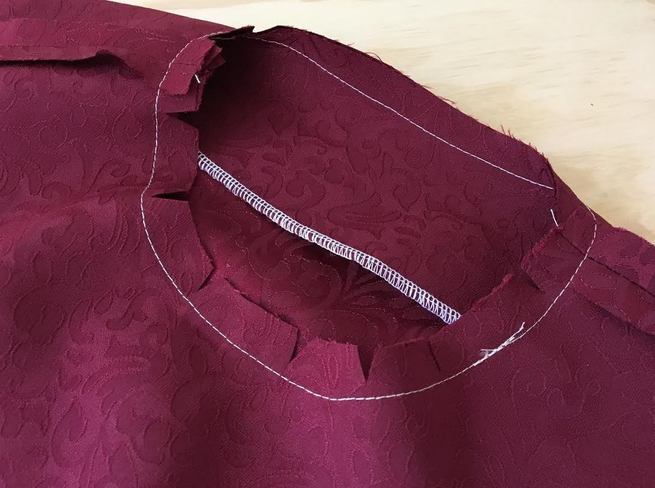
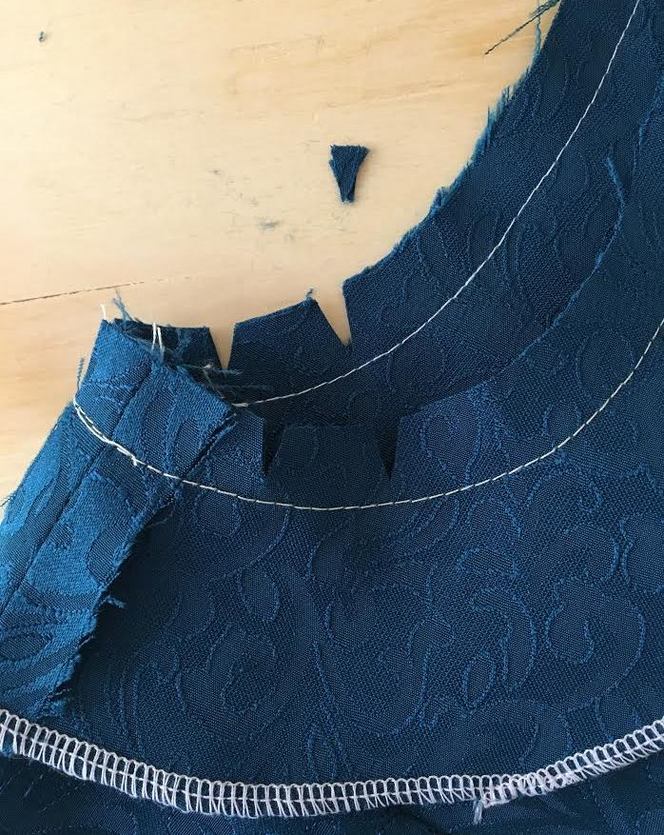
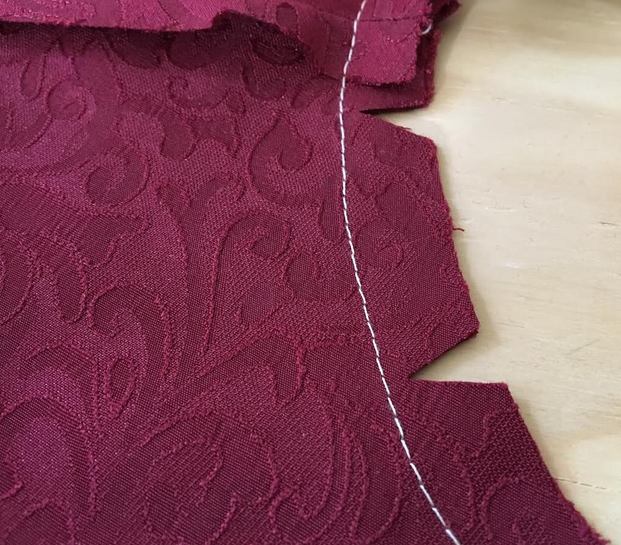
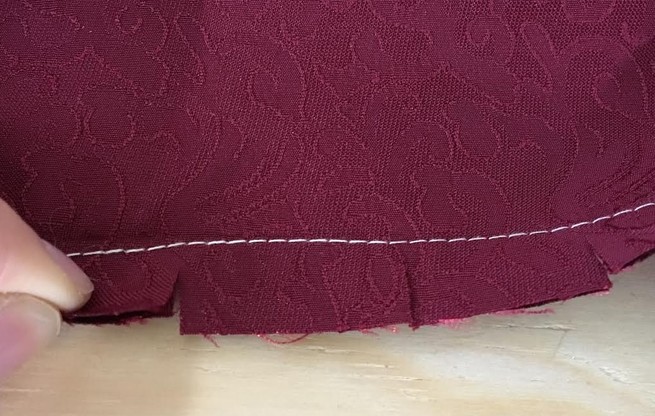
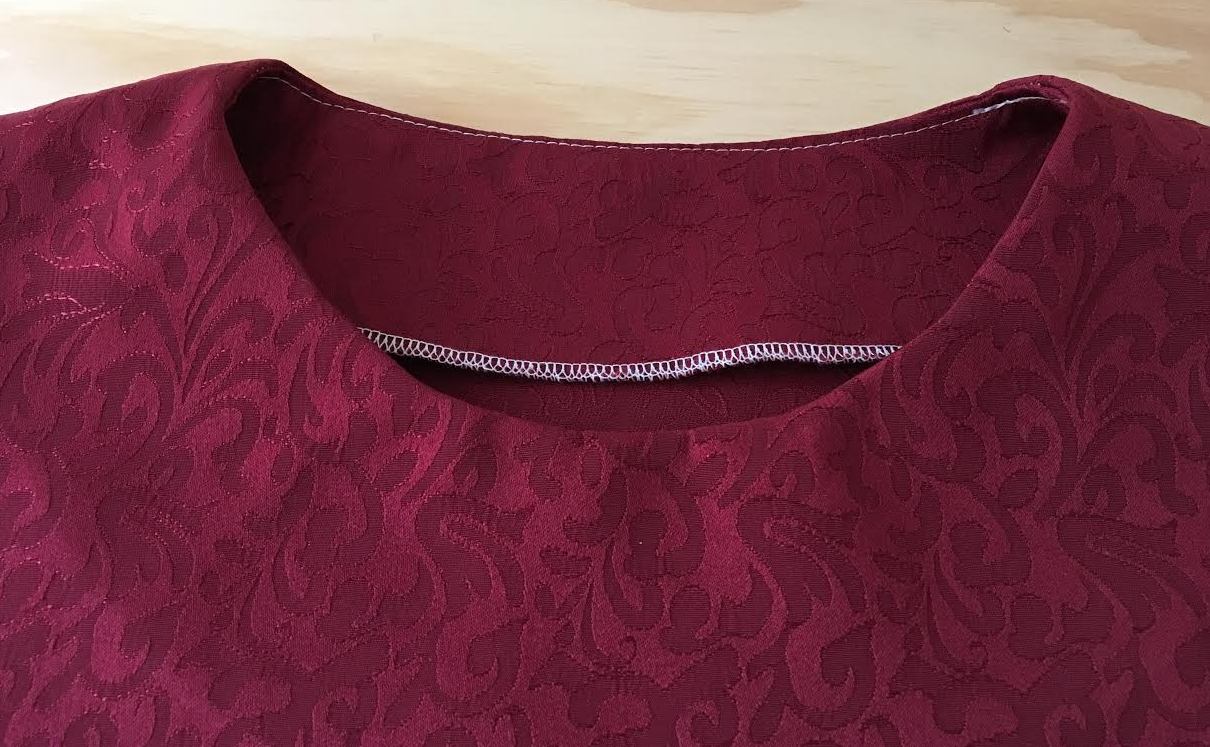
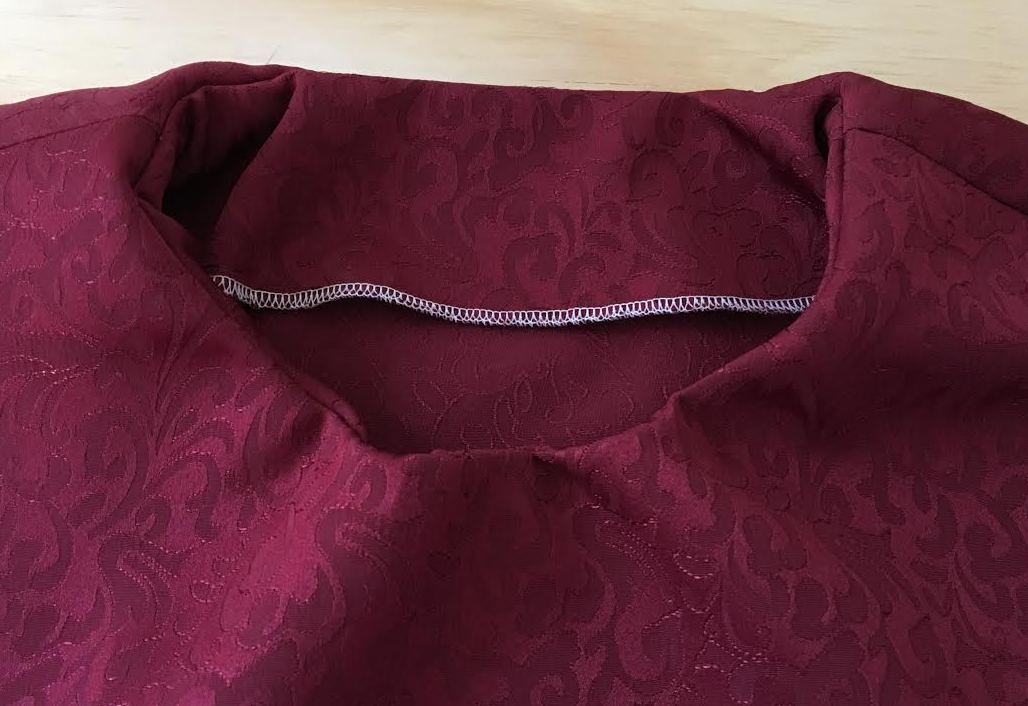
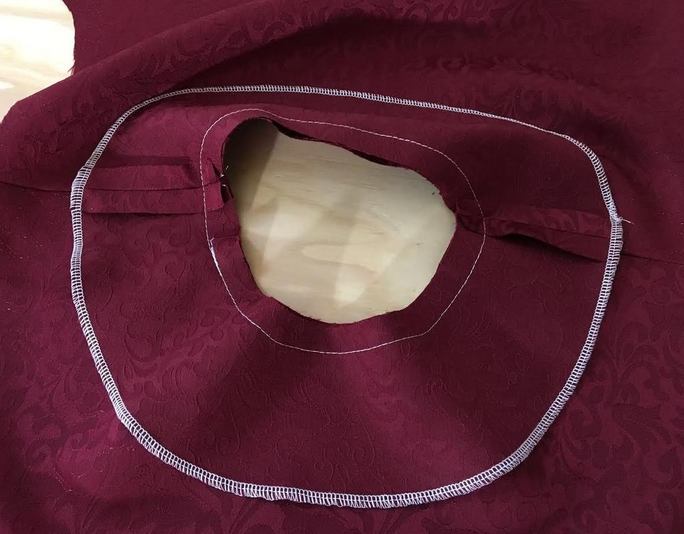
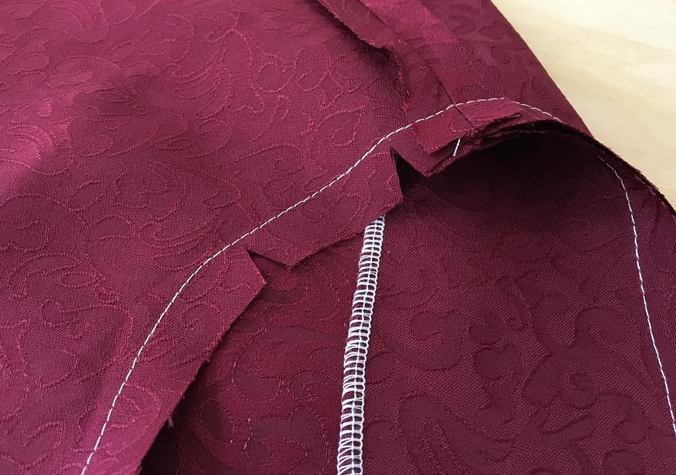
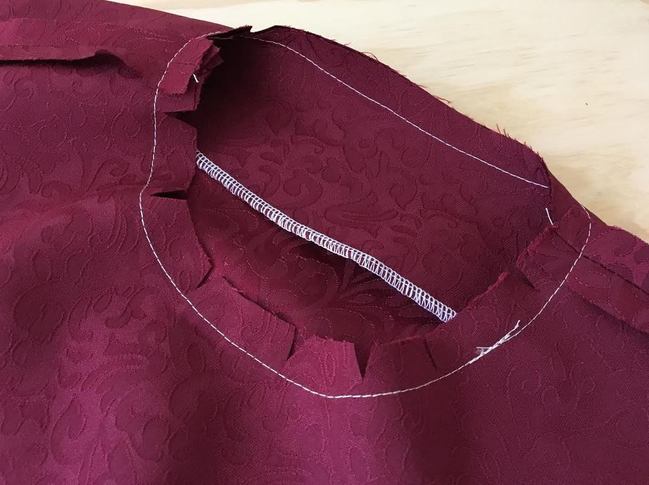
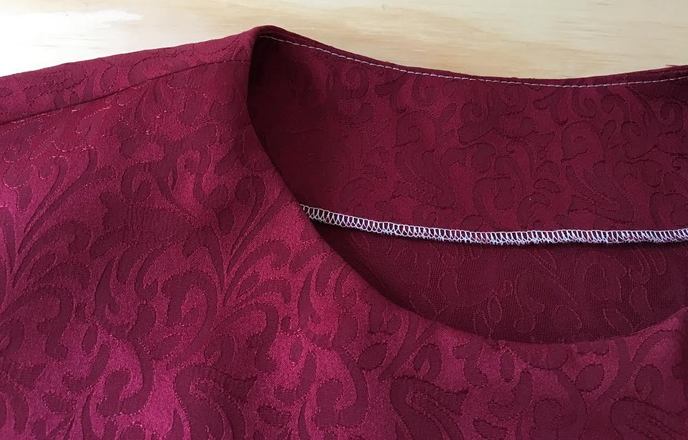
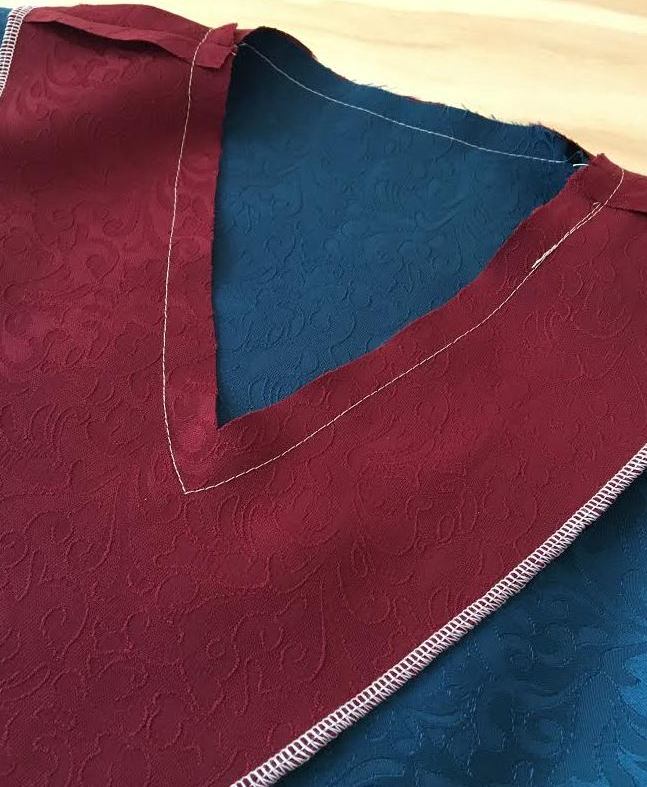
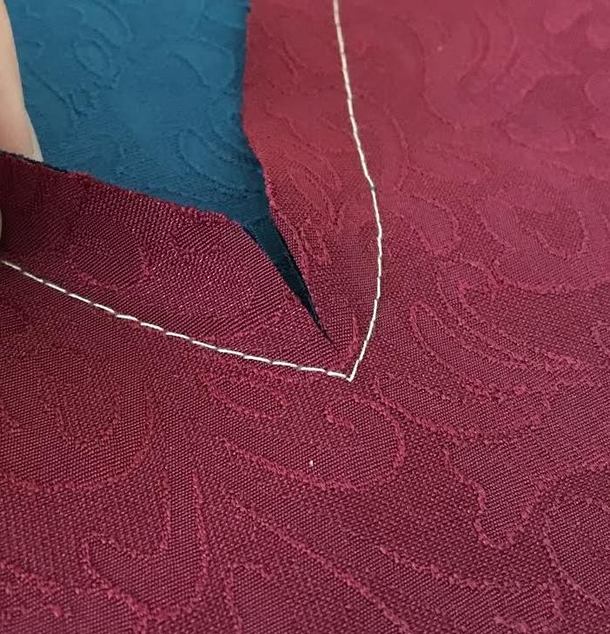
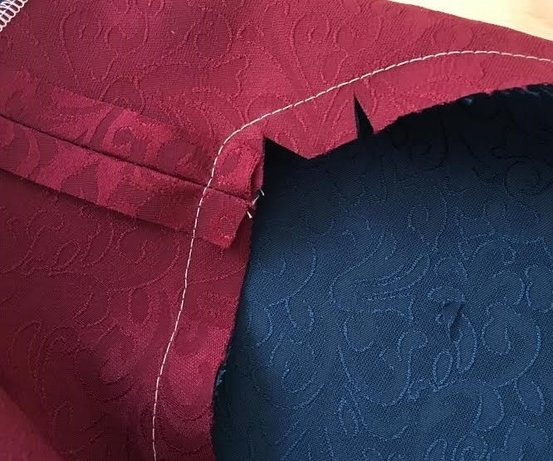
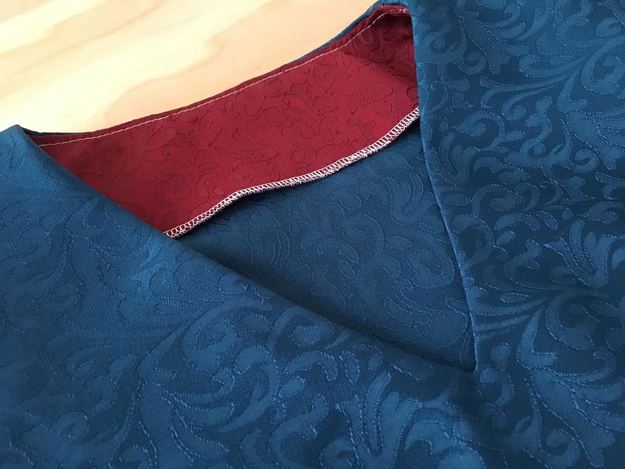
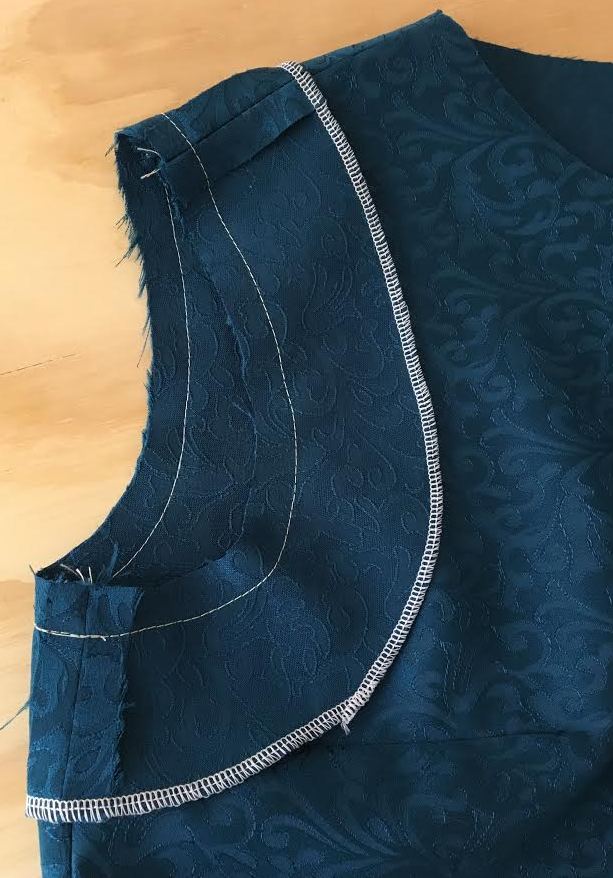
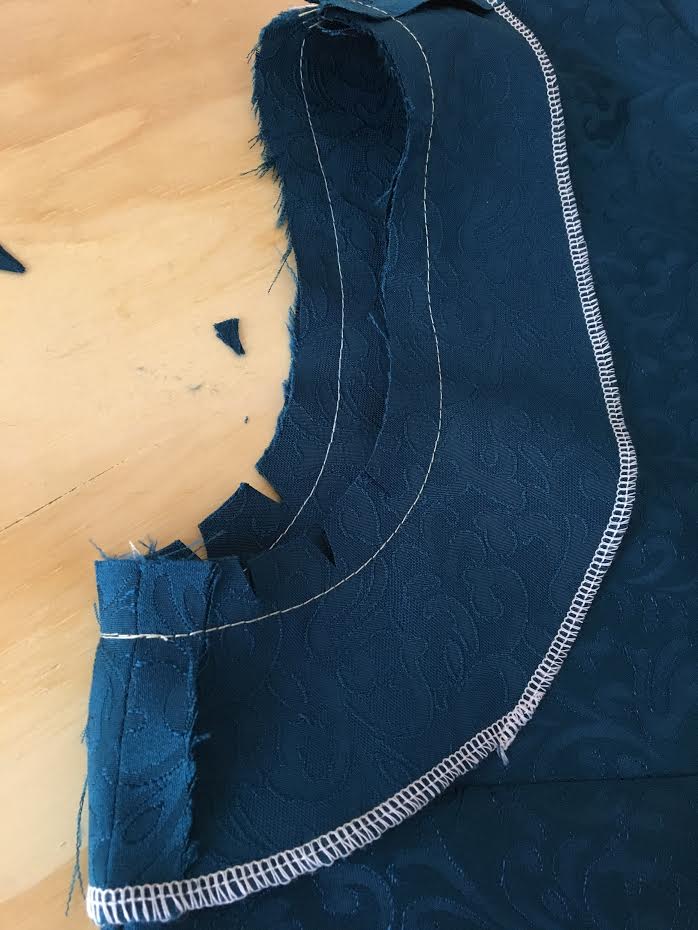
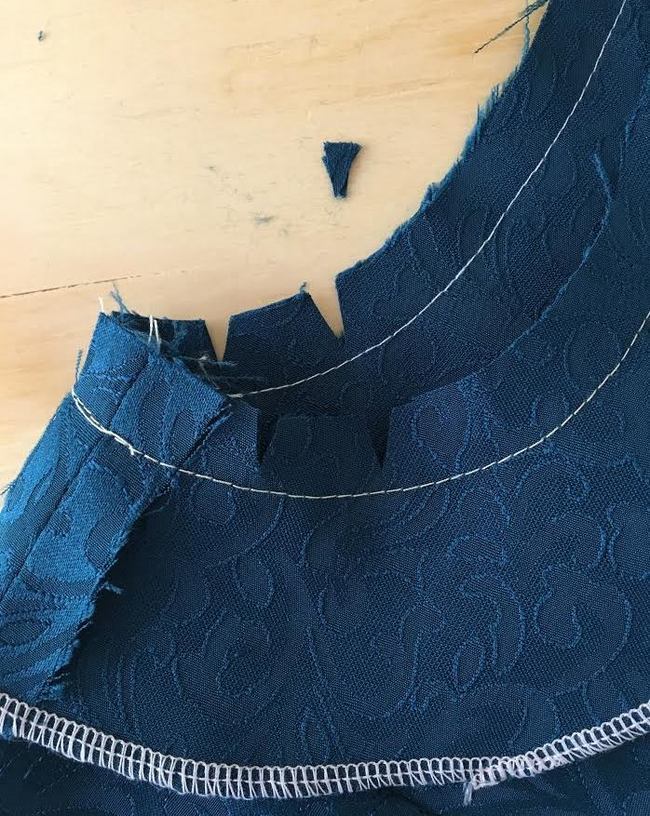
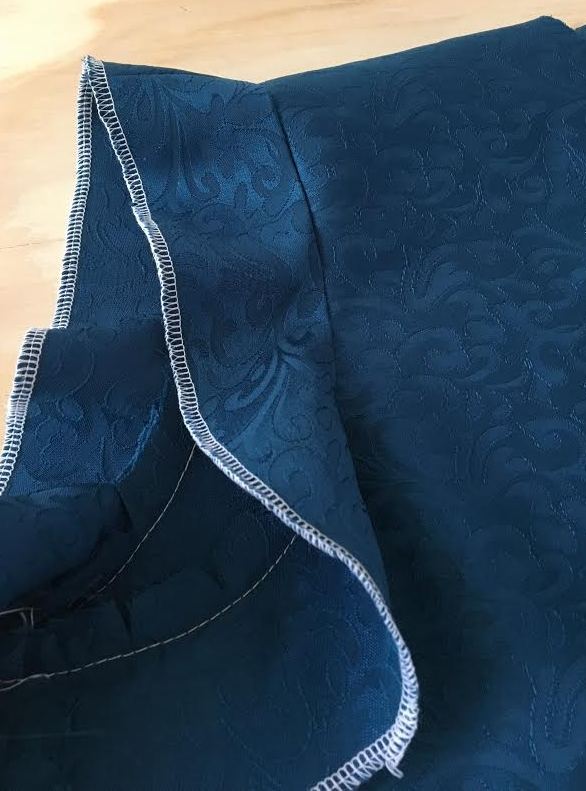
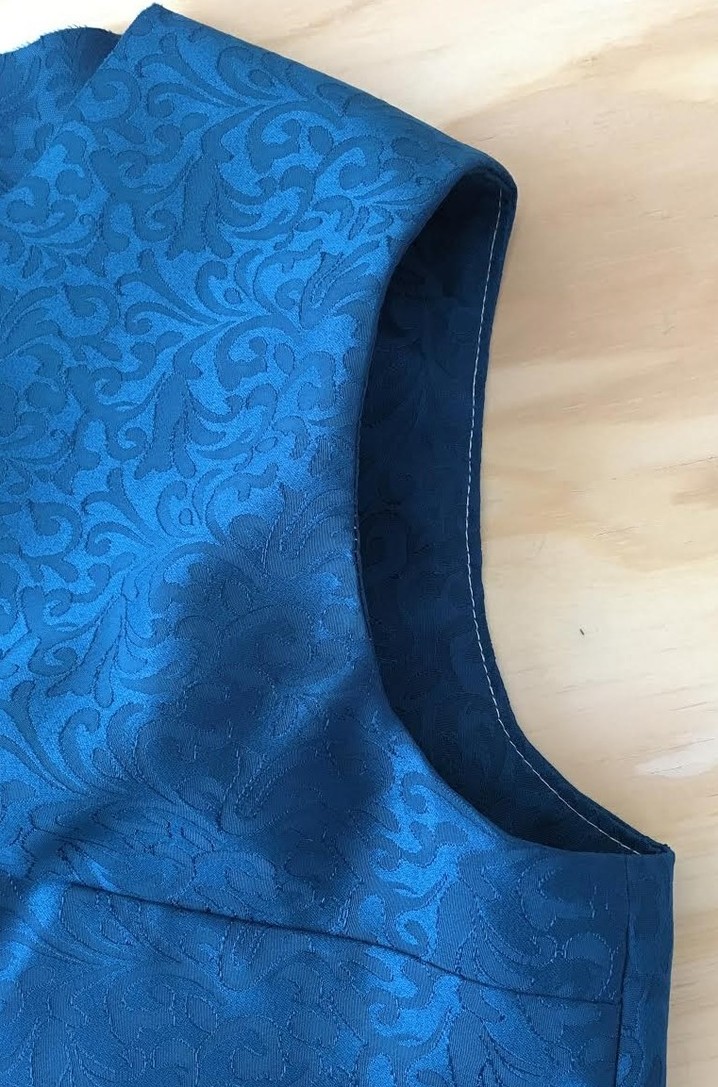
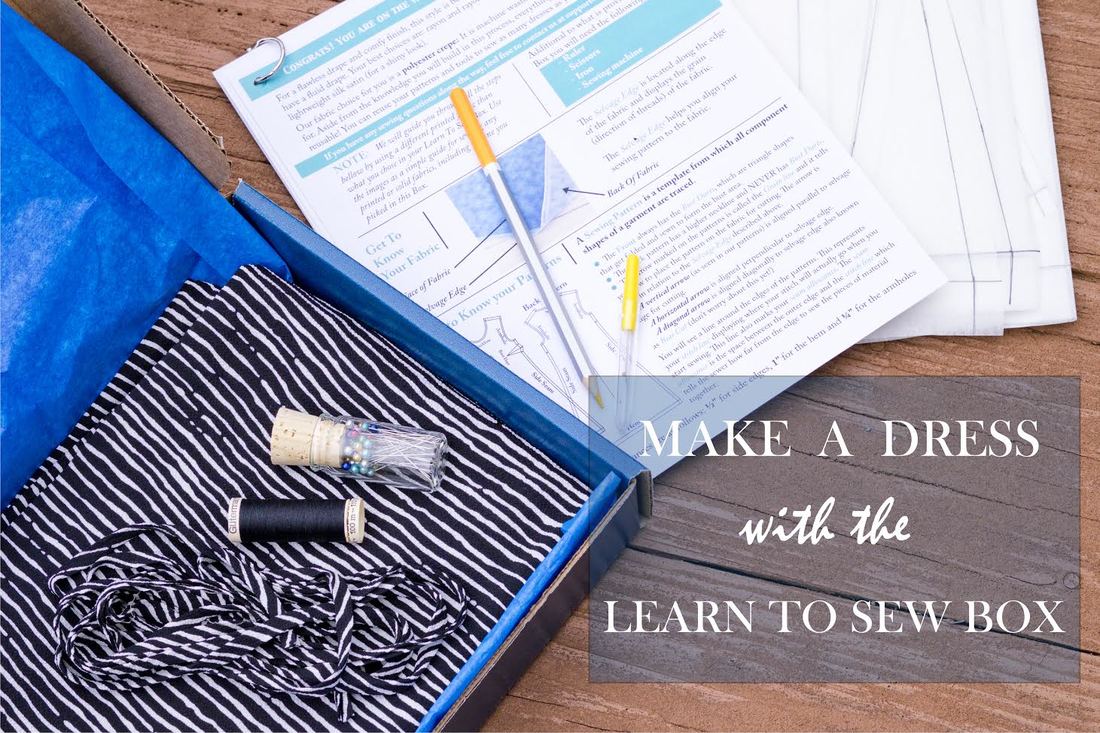


 RSS Feed
RSS Feed

